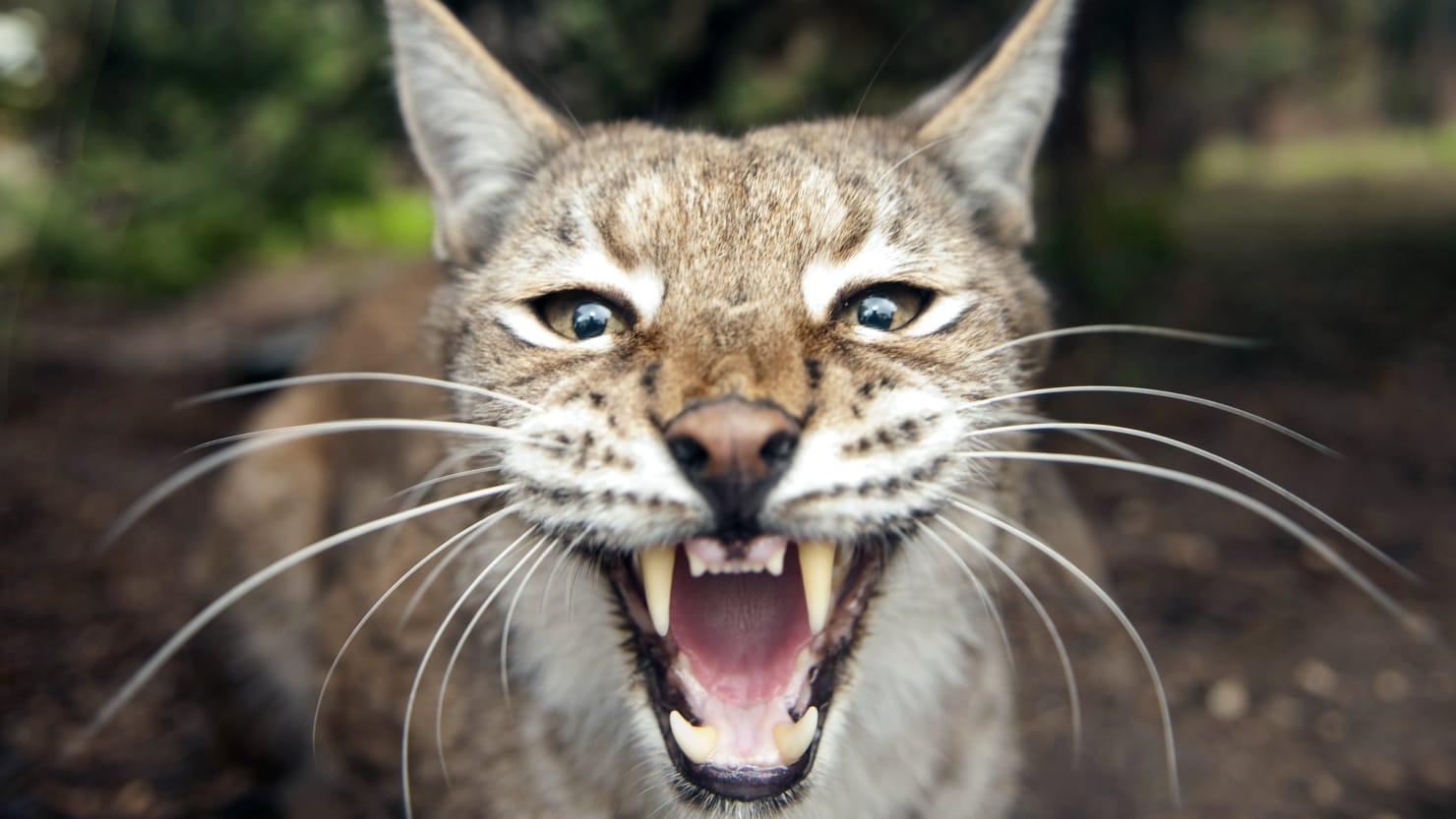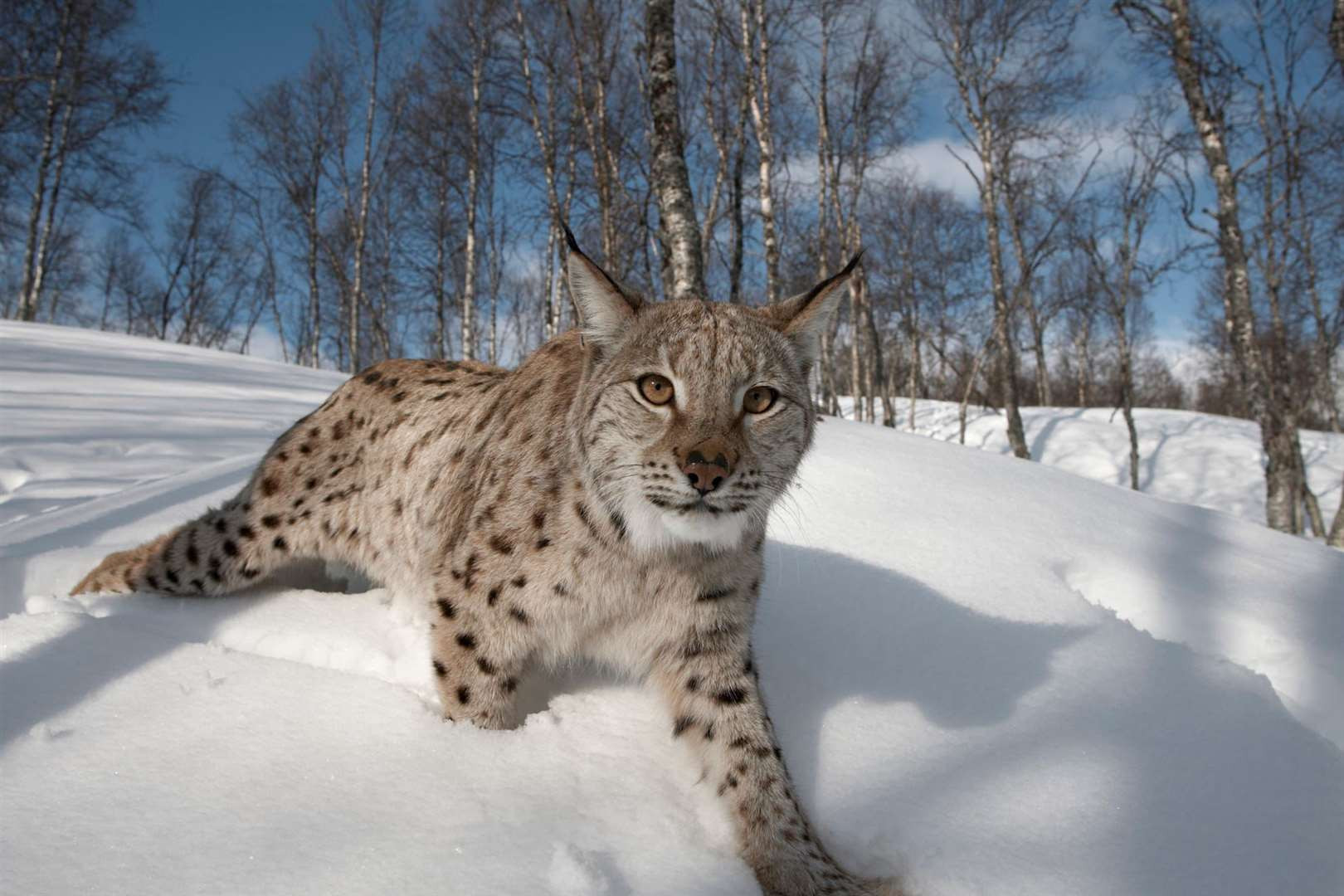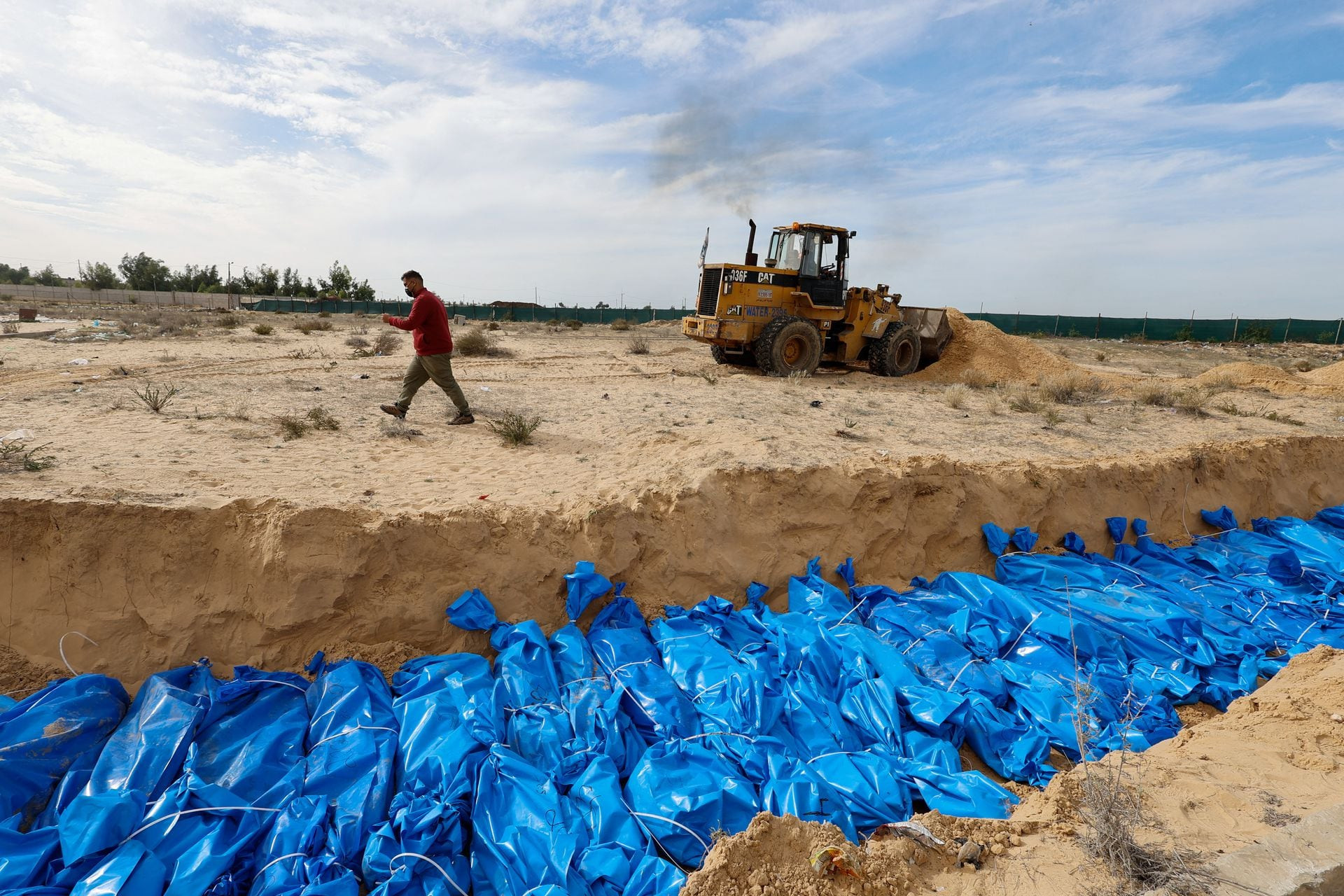Two Lynx Loose in Scottish Highlands: A Suspected Illegal Release Sparks Investigation
On Wednesday, January 8, 2025, around 4:20 pm, reports emerged of two lynx sightings in the Drumguish area near Kingussie in the Scottish Highlands. This unexpected development quickly escalated into a full-scale operation involving Police Scotland, the Cairngorms National Park Authority (CNPA), and the Highland Wildlife Park. The animals' appearance has sparked intense debate and concern, centering around the suspicion of an illegal release.
The Discovery and the Investigation
The alarm was raised when the two lynx were spotted in the Drumguish area, prompting immediate action from the authorities. Police Scotland's response was swift, issuing a public warning to avoid approaching the animals for their safety and the public's well-being. The Cairngorms National Park Authority condemned the suspected illegal release in the strongest terms, expressing concerns for the welfare of the released lynx. The CNPA also emphasized the shy nature of the animals and reassured the public that they pose a low risk to humans, while urging people to avoid the area and contact police with any information.
The Role of Highland Wildlife Park
Specially trained staff from the Highland Wildlife Park are actively participating in the search, adding expertise and resources to the ongoing effort. While the park confirmed the missing animals are not theirs, their involvement underscores the collaborative nature of the operation. The collaboration reflects the seriousness with which authorities are treating the situation and the commitment to safely retrieving the lynx.
The Controversy Surrounding Lynx Reintroduction
The event has reignited a long-standing debate about the potential reintroduction of lynx to Scotland. While some conservation groups advocate for their return, citing their historical presence and potential ecological benefits, others, such as farmers' unions, express concerns about the potential impact on livestock. The illegal release has added another layer of complexity to this already contentious issue. The incident has highlighted the tension between the desire for conservation and the practical concerns of those who may be directly affected by the presence of the predators.
The Concerns of Farmers and the Public
Farmers, particularly, are vocal in their opposition to the reintroduction of lynx, fueled by concerns that the animals might prey on their livestock. Such concerns, if realized, could potentially undermine conservation efforts for decades to come. The NFU Scotland expressed this apprehension, highlighting the potential for loss of livestock and other animals. The urgent need to capture the lynx before any such incidents happen is paramount, with the union calling on the public to report any sightings. The fear is that negative encounters with livestock might cause the public to rally against future lynx reintroduction plans. This illegal release poses a significant setback to a well-managed, fully resourced, and carefully considered legal reintroduction process.
The Potential Outcomes and Uncertainties
The future for these two lynx remains uncertain. There is a possibility that they could integrate into the existing wild ecosystem and even reproduce, leading to the establishment of the first genuinely wild lynx population in Scotland in over five centuries. However, experts suggest that their repeated appearances might indicate that they are too domesticated to thrive in the wild, raising concerns for their long-term survival. Their domestication could also be a factor influencing their susceptibility to capture and therefore limit the likelihood of a self-sustaining population. The outcome of this situation will have a profound influence on future conservation discussions and initiatives, casting a long shadow over the future of lynx reintroduction in Scotland. The current situation serves as a stark reminder of the complexities inherent in wildlife management and the importance of adhering to established procedures.
The Unintended Consequences of an Illegal Act
The illegal release represents a significant setback for those advocating for a responsible and carefully planned reintroduction of lynx into Scotland. This action not only disrupts established procedures but also undermines the collaborative efforts of stakeholders invested in a successful and sustainable reintroduction program. The potential for negative interactions with livestock and public opposition resulting from this event significantly impacts the long-term goals of conservation efforts. The action demonstrates a disregard for established protocols and underscores the importance of legal frameworks that guide such undertakings. The potential consequences of this ill-conceived action underscore the need for transparent, inclusive, and collaboratively developed plans for future wildlife reintroductions.
The Way Forward: Lessons Learned and Future Implications
This incident underscores the importance of legal and ethical considerations in conservation efforts. The illegal release of the lynx has raised considerable concerns and created a challenging situation for all stakeholders involved. Moving forward, a more transparent and collaborative approach to wildlife reintroduction, involving all relevant stakeholders, is crucial to ensure the success and acceptability of future initiatives. The future of lynx reintroduction will depend on learning from this incident and working together to create a more responsible and sustainable approach to wildlife conservation in Scotland. Open dialogue and collaboration will be necessary to move forward, ensuring that any future plans are both ecologically sound and socially acceptable.
The incident serves as a reminder of the need for a nuanced and collaborative approach to wildlife conservation, balancing ecological considerations with the practical concerns and needs of local communities. The future of lynx in the Scottish Highlands will depend on the outcome of this situation and how the ensuing discussions will shape future policies and initiatives.


















